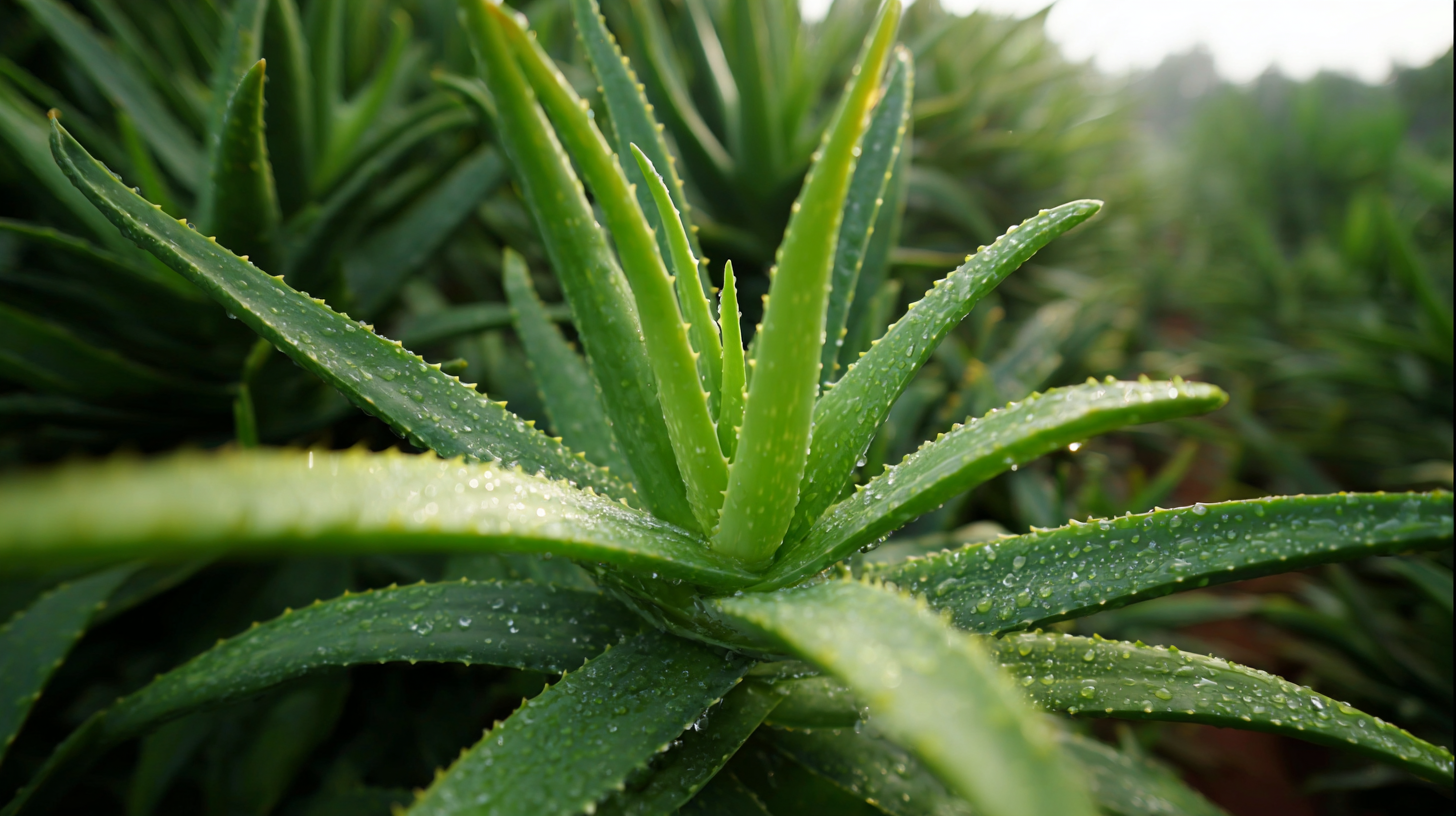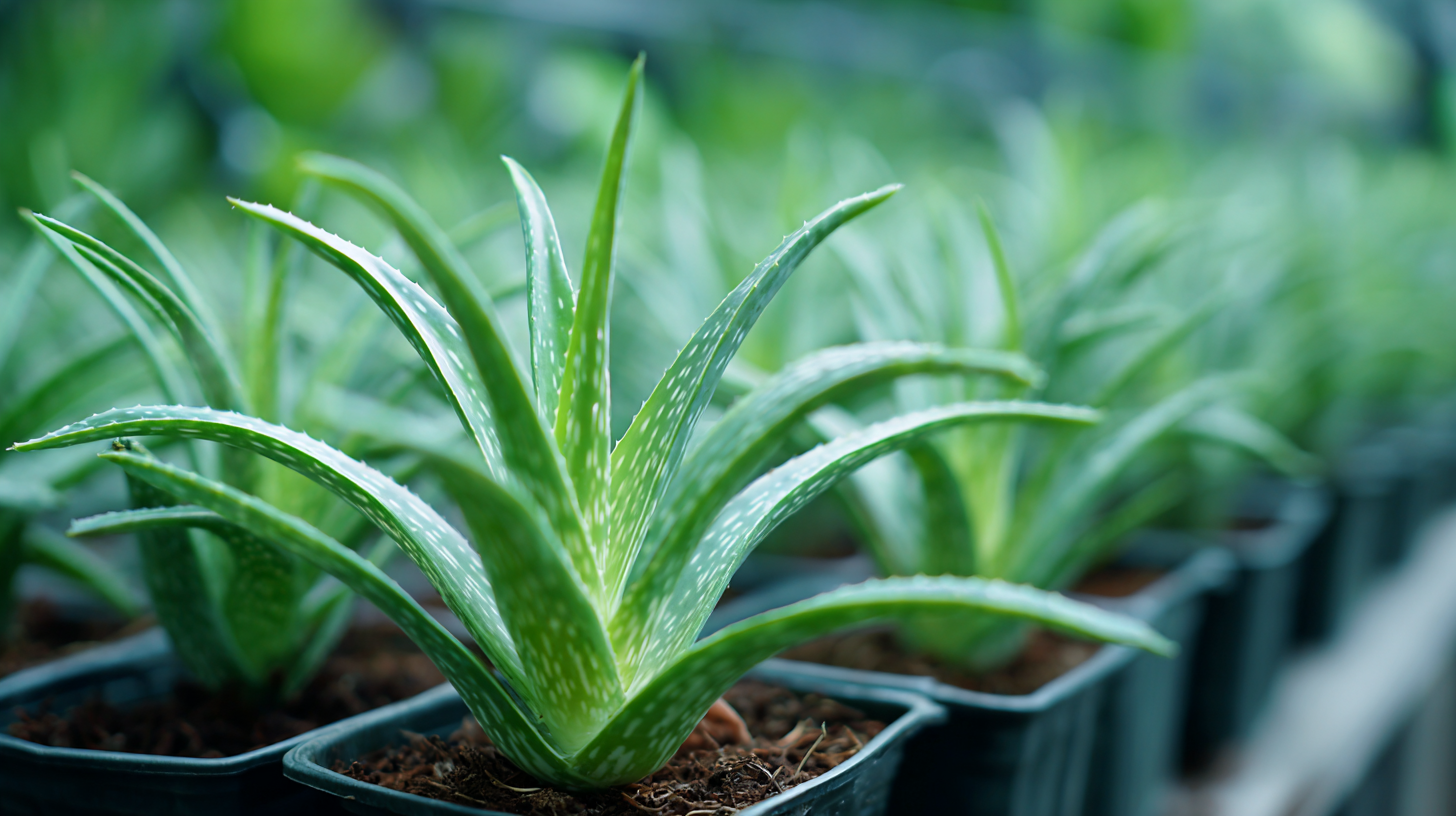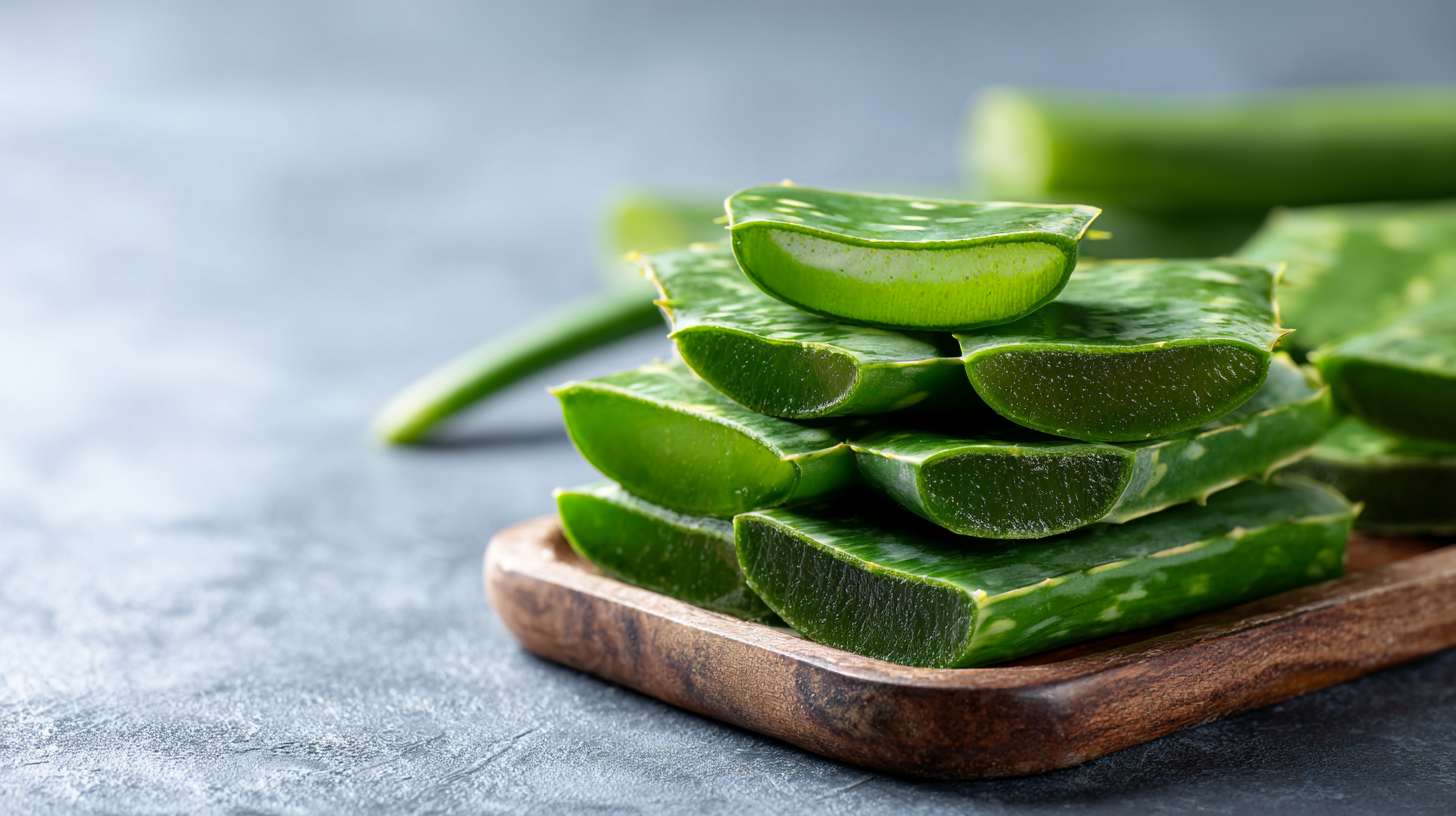The Ultimate Guide to Sourcing the Best Natural Aloe Vera Leaf: Unlocking Quality and Value for Global Buyers
In today's global market, the demand for high-quality Natural Aloe Vera Leaf is on the rise, attracting buyers seeking both exceptional value and potent benefits. With its remarkable versatility in cosmetics, health products, and food industries, sourcing the best Aloe Vera Leaf has become a critical focus for suppliers and manufacturers alike. However, navigating through various suppliers and ensuring consistent quality can be daunting. In this ultimate guide, we unveil the top five reasons why diligent sourcing of Natural Aloe Vera Leaf is paramount for buyers around the globe.

From identifying premium quality indicators to understanding the nuances of sustainable harvesting practices, this guide aims to empower you with insights that will help you make informed purchasing decisions, ensuring that your supply chain remains robust and reliable. Embrace the journey of unlocking quality and value in your Aloe Vera sourcing endeavors!
Understanding Different Types of Aloe Vera: Varieties and Their Benefits
When exploring the diverse world of Aloe Vera, it’s essential to recognize the different varieties and their respective benefits. Aloe Vera is particularly prized for its soothing properties, making it a staple in both the cosmetic and health industries. According to industry reports, the global Aloe Vera market was valued at approximately $1.5 billion in 2022 and is projected to grow significantly, driven by an increasing demand for natural and organic products. Among the notable varieties, Aloe Vera Barbadensis Millers stands out due to its high content of beneficial compounds, including vitamins, enzymes, and amino acids.

In addition to Barbadensis, there are other varieties like Aloe Arborescens and Aloe Ferox, each bringing unique advantages. Research indicates that Aloe Arborescens is rich in antioxidants, potentially offering enhanced anti-inflammatory properties. Conversely, Aloe Ferox is celebrated in traditional medicine, particularly in South Africa, for its potent healing characteristics. These variations allow global buyers to select the most suitable type based on specific therapeutic or cosmetic needs, underscoring the importance of understanding the distinct benefits each type of Aloe Vera can provide. As consumer interest in natural ingredients continues to rise, sourcing quality Aloe Vera leaves has become paramount for market players seeking to leverage these trends effectively.
Evaluating Sourcing Options: Local vs. Global Suppliers of Aloe Vera
When sourcing natural aloe vera leaf, buyers face a critical decision: should they opt for local suppliers or explore global sourcing options? According to a report by Mordor Intelligence, the global aloe vera market is projected to grow at a CAGR of 8.5% from 2021 to 2026, highlighting the growing demand for this versatile plant across various industries, including cosmetics and health supplements. Local suppliers may offer the advantage of fresher products and shorter lead times, which can be crucial for businesses looking to maintain high quality and meet consumer demands promptly.
On the other hand, global suppliers can provide economies of scale and a diverse range of products that local markets may lack. A study by Grand View Research indicates that North America is the largest market for aloe vera products, accounting for a significant share due to its well-established supply chains. However, sourcing from regions with optimal growing conditions, such as Mexico and the Caribbean, may yield superior quality leaves at competitive prices. This dual approach—leveraging both local and global sourcing—can strategically position buyers to optimize quality and value in a rapidly evolving aloe vera market.
The Ultimate Guide to Sourcing the Best Natural Aloe Vera Leaf
This chart compares the evaluated quality score and price per kilogram for local vs. global suppliers of Aloe Vera leaves. Quality scores range from 1 to 10, while prices reflect average costs in USD.
Key Quality Indicators: What to Look for in Premium Aloe Vera Leaves
When sourcing high-quality Aloe Vera leaves, global buyers must focus on several key quality indicators that can significantly impact the value and effectiveness of their products. Premium Aloe Vera leaves should exhibit vibrant green color, which indicates freshness and proper care during cultivation. Additionally, buyers should prioritize leaves that have a smooth texture and a high gel content, as these traits are essential for ensuring the purity and quality of the final Aloe Vera gel product.
According to a recent industry report, the demand for Aloe Vera gel is projected to surge by 2025, driven by the increasing applications in cosmetics, pharmaceuticals, and food industries. Establishing an Aloe Vera gel manufacturing plant involves substantial investments, with costs for setup, machinery, and raw materials carefully outlined in comprehensive market analyses. Therefore, understanding these indicators not only helps buyers in selecting the best raw materials but also enhances their overall production strategy in a competitive market. By focusing on sourcing the right quality Aloe Vera leaves, businesses can better position themselves for success in the evolving natural product landscape.
Cost Analysis: Balancing Quality and Price in Aloe Vera Sourcing
The Aloe Vera extract market is witnessing robust growth, with a size estimated at USD 1840 million in 2023 and a projected CAGR of 6.36% through 2031. This trend signals a vibrant opportunity for global buyers in sourcing high-quality natural aloe vera leaves. As the demand rises, striking a balance between quality and price becomes vital. Factors influencing cost include cultivation practices, processing methods, and the bioactive composition of the leaves. Aloe vera is renowned for its diverse pharmacological applications, which include significant health benefits like wound healing, anti-inflammatory effects, and even anticancer properties.
When considering sourcing, it is essential to conduct a thorough cost analysis. Reports suggest that setting up an aloe vera processing plant involves considerable investment and operational costs, which can vary significantly based on location and available resources. Moreover, industry trends highlight the necessity for sourcing potent raw materials to maximize product value while maintaining cost efficiency. By understanding these dynamics and leveraging data, buyers can optimize their sourcing strategies to ensure they secure top-quality aloe vera leaves at competitive prices.
Sustainability Practices: Assessing Eco-Friendly Aloe Vera Suppliers
When sourcing the best natural aloe vera leaf, it is imperative to consider sustainability practices among potential suppliers. Eco-friendly farming and extraction methods not only preserve the integrity of this versatile plant but also protect the surrounding environment. An ideal supplier should employ organic growing techniques, avoid harmful pesticides, and practice crop rotation to maintain soil health. By prioritizing such practices, buyers can ensure they are supporting agricultural methods that are not only sustainable but also contribute to the long-term viability of aloe vera production.

Moreover, assessing sustainability extends beyond the cultivation of aloe vera. It is crucial to evaluate the supplier's overall ecological footprint, including water usage, energy consumption, and waste management practices. Suppliers that utilize renewable energy sources, implement water recycling systems, and minimize waste through efficient processes demonstrate a commitment to eco-friendly practices. As consumers become increasingly aware of their purchasing decisions, aligning with suppliers that prioritize sustainability can enhance brand reputation and meet the growing demand for responsibly sourced ingredients in the wellness and beauty industries.
